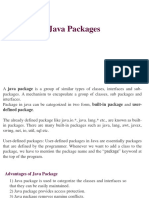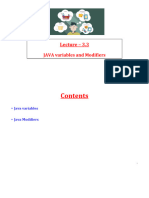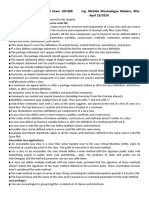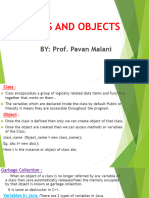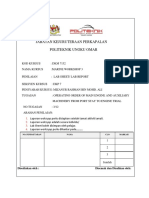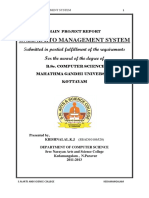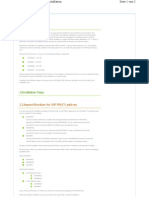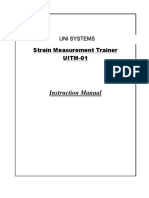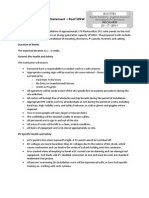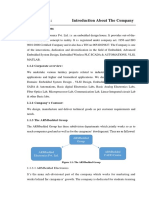0% found this document useful (0 votes)
16 views6 pagesCh-2 Objects and Classes
The document explains the concepts of classes, methods, constructors, method overloading, access modifiers, static variables, and packages in Java. It defines a class as a blueprint for objects, describes constructors for object initialization, and outlines method overloading for improved readability. Additionally, it categorizes access modifiers and discusses the structure and advantages of using packages in Java programming.
Uploaded by
malirashmi808Copyright
© © All Rights Reserved
We take content rights seriously. If you suspect this is your content, claim it here.
Available Formats
Download as PDF, TXT or read online on Scribd
0% found this document useful (0 votes)
16 views6 pagesCh-2 Objects and Classes
The document explains the concepts of classes, methods, constructors, method overloading, access modifiers, static variables, and packages in Java. It defines a class as a blueprint for objects, describes constructors for object initialization, and outlines method overloading for improved readability. Additionally, it categorizes access modifiers and discusses the structure and advantages of using packages in Java programming.
Uploaded by
malirashmi808Copyright
© © All Rights Reserved
We take content rights seriously. If you suspect this is your content, claim it here.
Available Formats
Download as PDF, TXT or read online on Scribd
/ 6







